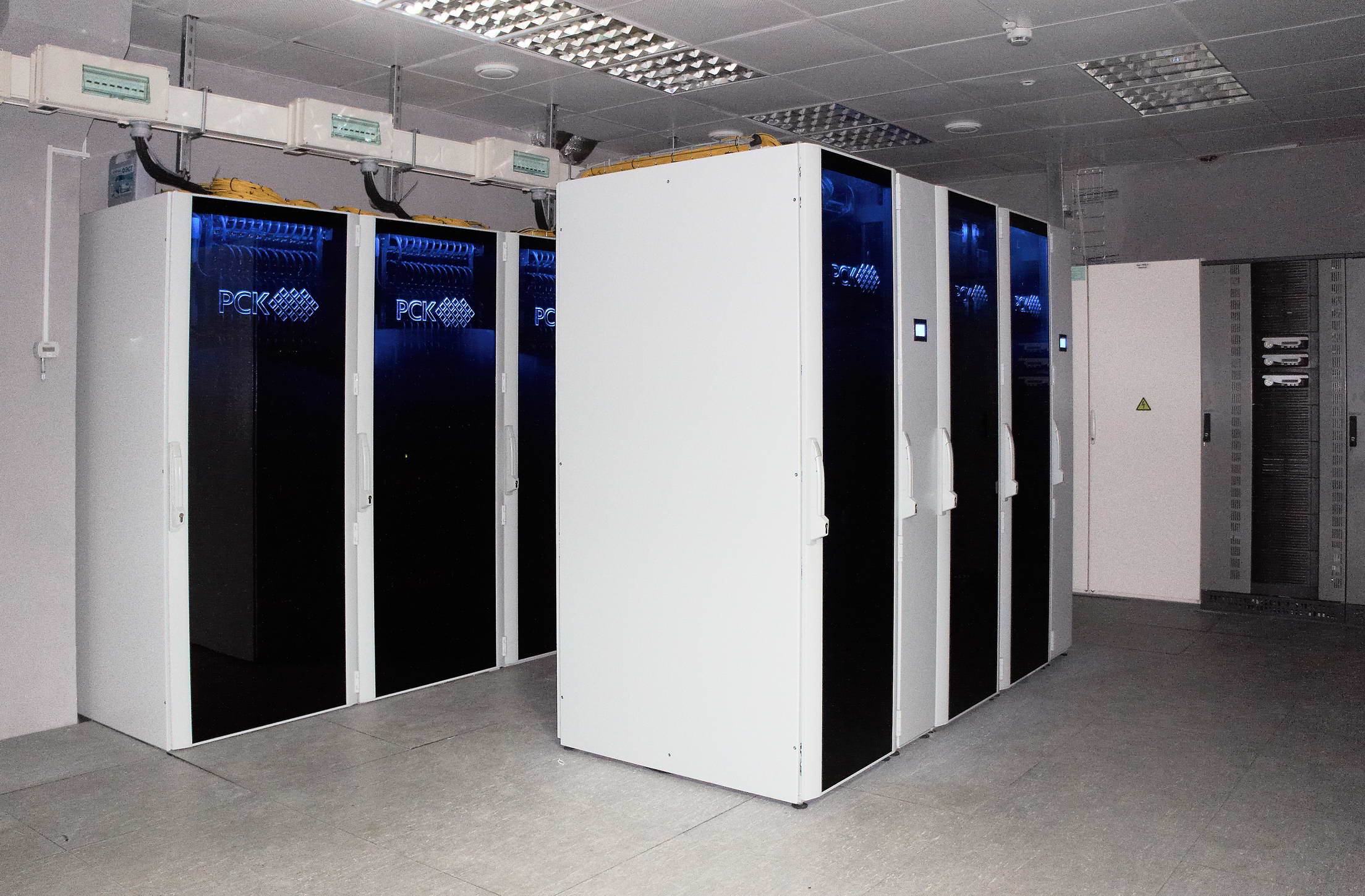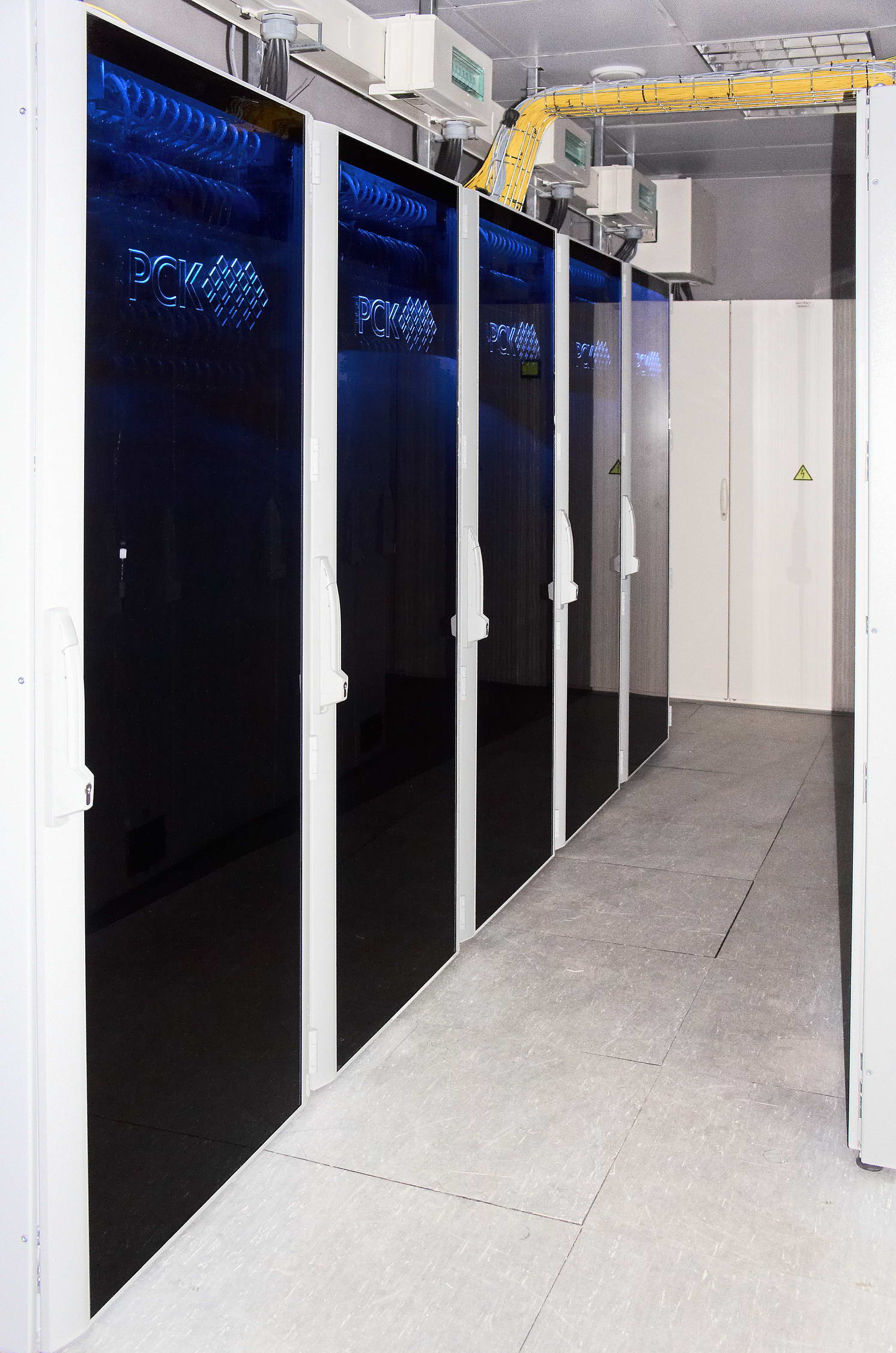SC12, Salt Lake City, November 12, 2012. — At SC12, the International Conference for High Performance Computing, RSC Group (booth #4721), the leading Russian and CIS full cycle developer and HPC solutions provider, announced that the new RSC Tornado SUSU energy efficient supercomputer is being created at a supercomputing center in South Ural State University (Chelyabinsk, Russia) on the basis of existing infrastructure previously deployed by RSC. This is the Europe’s largest university supercomputing system with Intel® Xeon Phi™ coprocessors SE10X. The peak performance of this powerful system, which includes 192 computing nodes based on innovative RSC Tornado architecture with direct liquid cooling, is 236.8 TFLOPS (trillion floating point operations per second).
“The latest Intel Xeon Phi coprocessors improve performance and energy efficiency of our solution with direct liquid cooling based on RSC Tornado architecture allowing to achieve more than 2.5X energy efficiency improvement,” said Alexey Shmelev, COO at RSC Group.
RSC Tornado SUSU supercomputer significantly increases computing resources of South Ural State University. The system will be used to solve a wide range of sci-tech and industrial tasks, the number of which currently exceeds 250 in SUSU supercomputer center project list.
“Our university productively cooperates with Intel Corporation and RSC Group in the development of high performance solution for many years, which allowed us to create a de-facto most powerful supercomputing center both in Ural Federal District and the Eastern part of Russia – from Ural to the Far East. Several generations of SUSU supercomputers have already been created based on Intel architectures. And our new RSC Tornado SUSU supercomputer is Europe’s first university computing system equipped with the latest Intel Xeon Phi coprocessors. This powerful yet energy efficient supercomputer with the peak performance of 236.8 TFLOPS will allow us to perform new large-scale scientific research and solve a wider range of practical socioeconomic tasks with the goal to modernize the economy of both Ural region and the whole country,” said Alexander Shestakov, Rector of South Ural State University.
“In recent years Russia has actively developed computing centers at the national level, primarily in the leading universities. The creation of the Europe’s largest university supercomputer with the latest Intel Xeon Phi coprocessors SE10X in South Ural State University further confirms Russian government's and Leadership’s commitment to improve Russia's competitiveness by actively developing the intellectual potential of the country and the use of Intel’s state-of-the-art high-performance and energy efficient technology," said Christian Morales, Intel’s Vice-President and General Manager in EMEA.
Unique characteristics of RSC Tornado-based solutions
The new stage in development of innovative RSC Tornado architecture for energy efficient data centers and super-computing complexes allowed RSC Group’s specialists to implement world's first direct liquid cooling for widely available Intel® Xeon®-based standard server boards (from various manufacturers), initially designed for traditional systems with air cooling of electronic components, with the latest Intel Xeon Phi coprocessors. This is the third generation of RSC’s energy-efficient solutions for High Performance Computing, cloud environments and data centers.
Powerful solutions with high computing density based on RSC Tornado architecture with direct liquid cooling are designed to solve various customers’ needs. The product line includes RSC DCmicro (16 to 64 nodes), RSC DCmini (64 to 256 nodes) and RSC Data Center (from 2 high dense racks up to dozens of PFLOPS).
Among unique features of RSC Tornado architecture and solutions there are the following:
• Up to 128 х86 servers in a standard 42U rack 80х80х200 cm;
• High-density blade server design based on widely available boards;
• Record-breaking energy efficiency. The system allows achieving an industry-leading Power Usage Effectiveness (PUE) of less than 1.06 (the ratio of total amount of power used by a computer data center facility to the power delivered to computing equipment.). This means that maximum 5.7% of the consumed energy by a datacenter will be used for the cooling of the system;
• Record-breaking computing effectiveness ratio — more than 96% for Intel Xeon E5-2690 processors in LINPACK benchmark (Intel® Turbo Boost Technology is always on, which provides for clock speed gain of up to 400 MHz in LINPACK);
• Removal of over 100 kW of power from each rack using RSC’s unique liquid cooling design;
• Possibility to use Intel's top-performing server processors with heat dissipation of 135W, e.g. Intel Xeon E5-2690 Processor (2.9 GHz, 8 cores) and the newest highest performing Intel Xeon Phi coprocessors;
• High peak performance – over 47 TFLOPS per rack based on Intel x86 architecture with AVX Instruction set and up to 181 TFLOPS with the use of Intel Xeon Phi coprocessors SE10X;
• High density – 74 TFLOPS per square meter (using Intel Xeon only) and 283 TFLOPS per sq. m (with Intel Xeon Phi coprocessors);
• High scalability – up to PFLOPS level (dozens of racks);
• Cost effectiveness – operating cost reduction by 60 percent (energy cost saving due to RSC solution operation);
• Compact size – multifold datacenter floor area reduction comparing to traditional air-cooled installations;
• Fully integrated software stack for High Performance Computing – RSC BasIS optimized for high performance computing.





